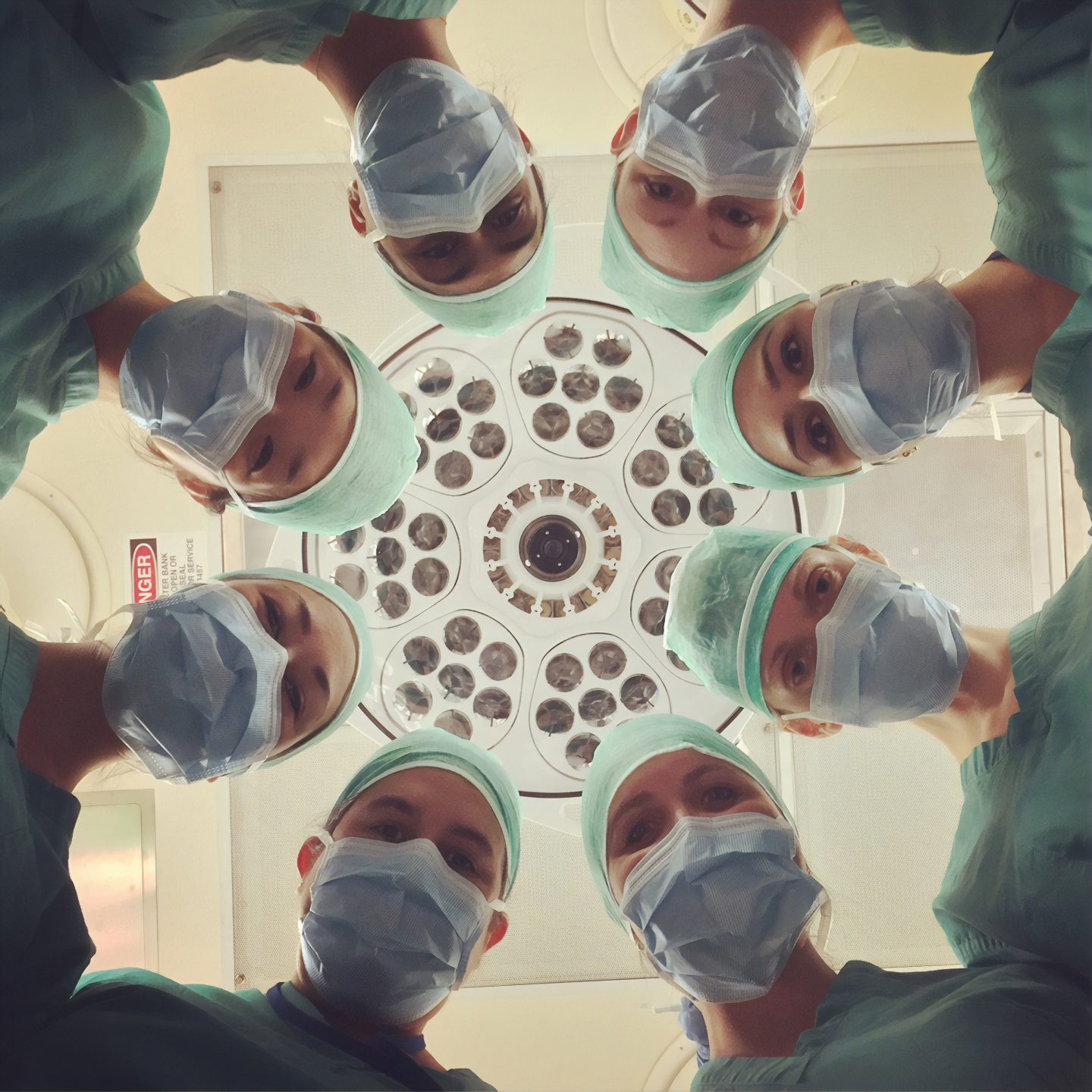In Canada, there are 28,000 deaths caused by medical errors each year, according to the Canadian Patient Safety Institute. In fact, medical errors are found to be the third leading cause of death in Canada.
Patient safety isn’t an issue unique to Canada. It is a global public health concern. According to the World Health Organization, 2.6 million people die annually in low and middle income countries from medical errors.
In high-income countries, it is estimated that as many as one in 10 patients are harmed while receiving hospital care, and 50% of these cases are considered preventable. Diagnostic error, defined as the failure to identify the nature of an illness in an accurate manner, occurs in approximately 5% of outpatient care for adults in the United States.
ACCURATE DIAGNOSIS IS ESSENTIAL FOR RECOVERY
A correct diagnosis by a medical professional is vital to providing effective healthcare. Once a diagnosis has been determined, the patient can proceed to receive proper care and treatment that they require as soon as possible.
However, an incorrect diagnosis can change everything. An incorrect diagnosis by a health professional can occur for a number of reasons. These may include:
- Failure to review the patient’s full medical history;
- Failure to order appropriate screening for illnesses and diseases;
- Overlooking critical information found in various test results, such as a patient’s bloodwork, CT scans or MRI imaging;
- Improper reporting of test or image results;
- Failure to refer patients to specialists; and
- Failure to follow-up with patients, their test results and with the referred specialists.
A delayed diagnosis occurs when a health professional fails to recognize symptoms in time, and as a result, the patient’s condition worsens. If it can be proven that had appropriate treatment been provided in a timely manner and the patient would have survived or not suffered from a worsening condition, a medical malpractice claim for the delayed diagnosis may be successful.
In a delayed diagnosis lawsuit, the plaintiff (i.e. patient) must prove on a balance of probabilities that the delay caused or contributed to the unfavourable outcome.
Therefore, the plaintiff must first demonstrate that they likely had the illness at the time of the alleged substandard care. They must also show that they would have been diagnosed in a timely fashion but for the substandard care by the health professional. The plaintiff must then demonstrate to the court that they would have received timely treatment. And finally, the plaintiff must demonstrate that the timely treatment would likely have led to a healthier outcome.
An overlooked or missed diagnosis can result in a patient not being prescribed with the required medication or treatment needed to treat the illness successfully. In these types of cases, the patient may be needlessly suffering from a worsening condition to the point of severe disability or even death.
Missed or delayed diagnosis is not necessarily medical malpractice. Similarly, a diagnostic error or failure to diagnosis does not always give rise to a successful lawsuit. If a missed or delayed diagnosis does not result in serious injury, the chances of winning a medical malpractice lawsuit is unlikely.
It must be proven that a misdiagnosis or failure to diagnose resulted in improper medical care, delayed treatment or no treatment whatsoever which in turn resulted in the worsening of the patient’s medical condition in order for the malpractice to be actionable.
TIPS FOR PURSING A MEDICAL MALPRACTICE LAWSUIT
If you are prepared to pursue a claim for medical malpractice against a health professional, Cuming & Gillespie LLP are here to help and recommend the following tips:
- Be prepared for a lengthy and tedious process: In Canada, doctors are protected under the Canadian Medical Protective Association (CMPA). This association is tough and is prepared to protect the reputation of Canadian medical professionals. A medical malpractice lawsuit is very hard, but not unrealistic. With the right team of lawyers to help you with your case, their experience and knowledge will ensure your case is strong and you receive the compensation you deserve.
- Hire the best experts: Cuming & Gillespie LLP can assemble a team of legal and medical experts to ensure that you put forth the strongest case and receive the compensation that you are entitled to.
- Preserve all documents and photographs: Medical records are the most important pieces of evidence in a medical malpractice case. Photographs can be equally as important. Taking pictures of your injuries and the changes over time can be very helpful evidence. It is also important to record your memories of the events, such as doctor’s appointments and the changes in your medical condition over time. Retain any and all documentation related to your lawsuit and provide this documentation to your lawyer.
If you or a loved one are suffering from a worsening medical condition due to a physician’s delayed diagnosis or misdiagnosis, a medical malpractice lawyer can investigate whether you have been the victim of a preventable medical error.
At Cuming & Gillespie LLP, we have the skills and resources to ensure that you put forth the strongest case and receive the compensation you are entitled to. With over 20 years of experience, the lawyers at Cuming & Gillespie LLP have handled many different types of medical malpractice claims, and have the experience and knowledge to evaluate your case and help you decide whether you should pursue a claim. Call us at 403-571-0555 or online today to book a free consultation.

